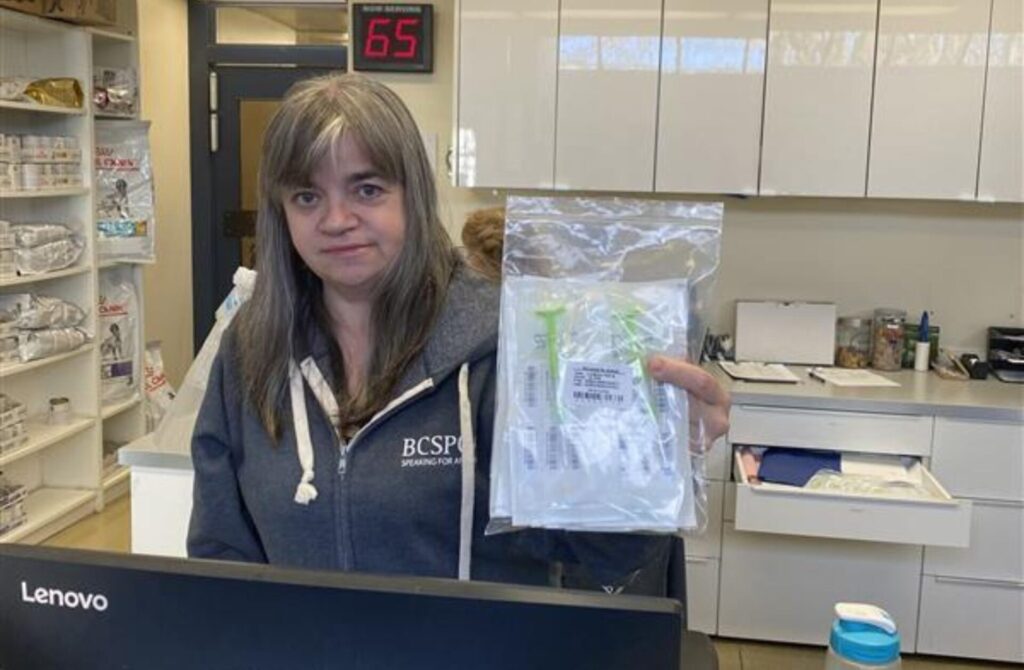Table of Contents
The Day RJ Disappeared
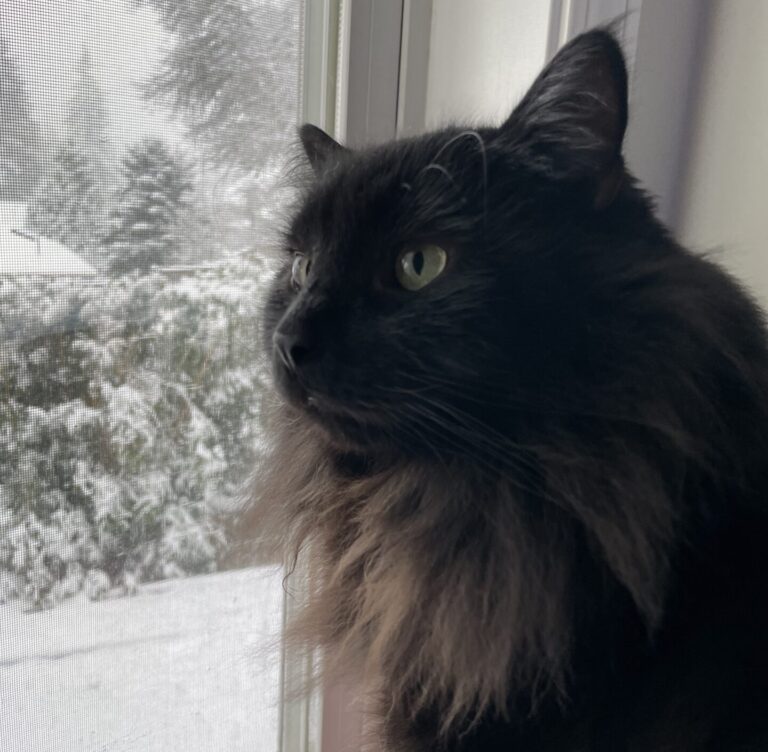
Right before COVID, a stray cat wandered into Cassidy’s life through what she calls the “great cat distribution system.” She watched and waited for an owner to come forward. No one did. Based on that, she felt certain he had been dumped. Once she reached that conclusion, she brought him to the vet to be fixed and tattooed right away. One day, he slipped away and began a six-month adventure. Two weeks later, Cassidy had to move away from the area.
Why it matters: visible and permanent ID set the stage for recognition later. A tattoo, microchip, or both, create anchors that link a found pet back to the right home when looks change over time.
Six Months of Searching
Cassidy did not stop looking. Even after her move, she drove back weekly to the old neighbourhood. She left out clothing with her scent, hoping RJ would linger where it smelled familiar. She kept calling for him and kept checking. The routine was tiring and emotional, yet she stayed with it, week after week, because giving up was never an option.
Practical add-on: keep a simple log of dates, streets checked, and who you spoke with. It prevents retracing the same steps and makes it easier to share accurate details with shelters and clinics.
Halloween, Fireworks, and a Door Left Open
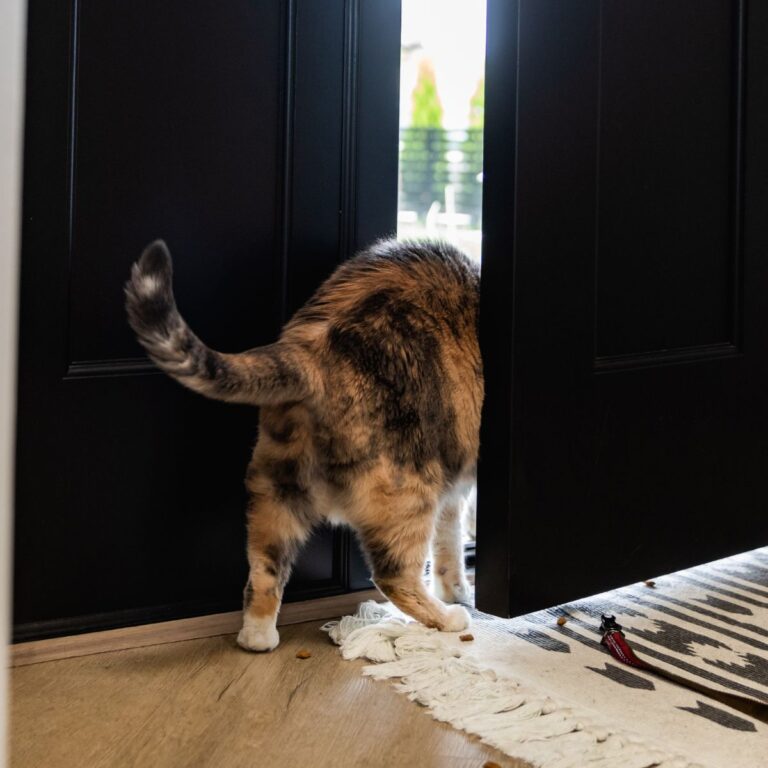
On Halloween day, likely frightened by fireworks, RJ walked into a friendly person’s house. The home was about a five-minute drive from where Cassidy had moved from. A post went up on ROAM, but RJ looked unrecognizable to Cassidy. He was dirty, wounded, and much skinnier than before. Long weeks on his own had changed his appearance so much that photos alone could not confirm it was him.
Why ID beats guesswork: stress, weight loss, and injuries can alter a pet’s look. Permanent ID gives finders something objective to check when appearance is no longer a reliable guide.
Proof Positive: The Reunion
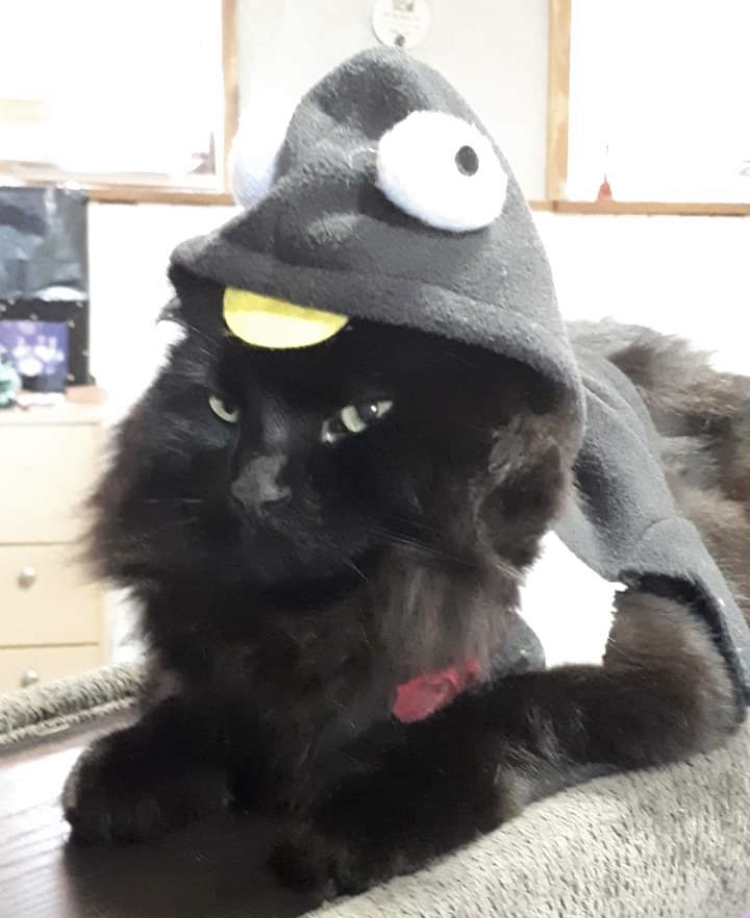
The finders noticed the name “RJ” and another vet-given tattoo. That visible identifier made the difference. Cassidy rushed over, unsure at first because he had lost a lot of weight, had a facial injury, and was matted. Seeing the tattoo in person confirmed it was her cat. Once RJ settled back in at home, his sassy attitude returned. Today he is a happy indoor cat with two new siblings, Zeppelin and Sinatra, who keep him on his toes.
Next step for any guardian: once a pet is home, confirm that every identifier, including tattoos and microchips, is registered to your current contact details so the next Good Samaritan or clinic can reach you quickly.
Why RJ’s Story Matters
Lesson learned | Takeaway for guardians |
Tattoos and visible ID make reunions possible | A readable tattoo allowed the finders and the clinic to identify RJ quickly and contact his guardian. Learn more about tattoo codes and registration in BC. |
Outdoor habits raise the risk of getting lost | Even a street-savvy cat can wander far and look very different after months away. |
Simple search tactics help | Weekly check-ins, posters, and leaving out scented items can keep a missing pet near familiar smells until someone lets them inside. |
Registration supercharges identification | Tattoos and microchips do their best work when the details are registered in a robust, trusted database that vets and shelters can access. Start here: How Pet Microchip Works and Register or Update. |
Need a refresher on how permanent ID works and why it matters for every pet? Visit How Pet Microchip Works.
Community Reminder: Register and Update

Cassidy’s advice is simple and compassionate. Do not give up. Put up posters. Leave items with your scent outside so your pet stays in the area. Call out at night when it is quiet. Give yourself some grace, because mistakes happen.
If your pet has a tattoo or a microchip, make sure your contact details are current so a finder or clinic can reach you fast. You can review or update your details through the BC Pet Registry. BC Pet Registry is a secure, trusted database that veterinarians and shelters use to look up guardian information, which helps reduce delays during reunions.
Vancouver Free Microchip Clinic, July 2025
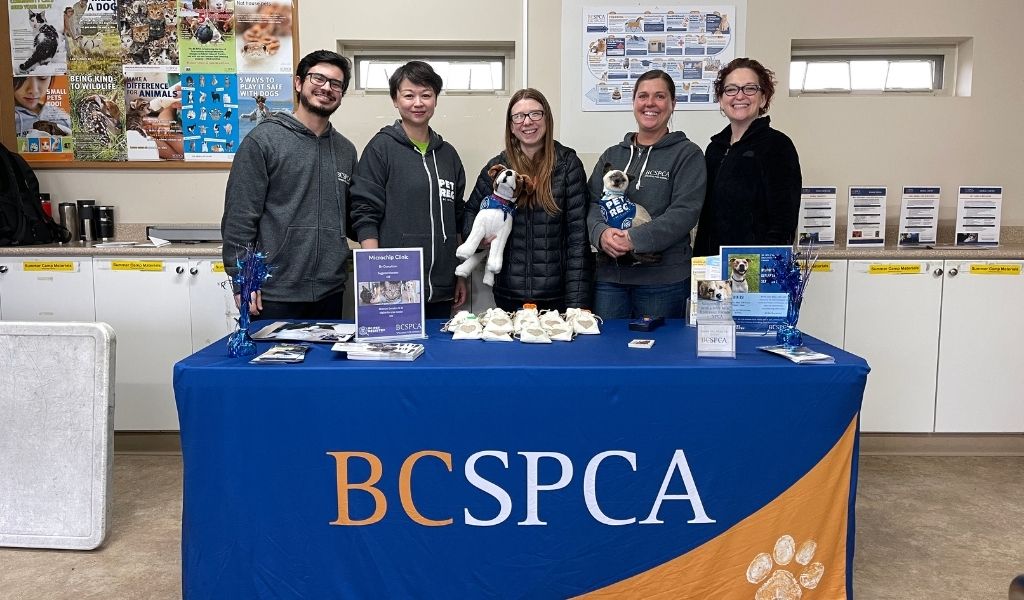
On July 20, BC SPCA Vancouver and the BC SPCA Vancouver Hospital hosted a free microchip clinic with support from BC Pet Registry. The event report notes that 46 pets received microchips with lifetime registration, and families enjoyed activities like Piggie Palooza and a kids’ education station. Read the recap here: Free Microchip Clinic in Vancouver.
Why this belongs here: community clinics make permanent ID and on-the-spot registration easy for families, which speeds up reunions when pets are found.
Be a Part of the 80% Responsible Owners
During our recent events, we scanned hundreds of pets, all with microchips implanted. Only to discover that approximately 20% of the pets’ microchips are not linked to any registries in North America. We recommend all pet owners to double check their pet’s registration and directly registering with us. All you need is the microchip number and/or tattoo code to start the online registration process. For a small, one-time fee of $45, your pet will be protected for a lifetime and you will also have contributed to the life-saving work of the BC SPCA.
Conclusion
RJ’s journey stretched across six months, but a small, visible tattoo turned uncertainty into a sure answer when it mattered most. Cassidy’s steady routine of weekly visits, scent items, and constant checking kept hope alive until Halloween, when a frightened cat stepped into a friendly home and recognition followed.
If you have a pet, take a few minutes today to check identification. Make sure tattoos are readable, consider a microchip as an added layer, and keep your contact details current in a robust, trustworthy registry that veterinarians and shelters can access quickly. Start with BC Pet Registry and How Pet Microchip Works. The small actions you take now can turn a future “Is this my cat?” moment into a fast, certain reunion.
FAQ
Q: How do I know my pet’s tattoo or microchip is registered to me?
Sign in at BC Pet Registry and review your pets’ profile. If you cannot access your account, please reach out to our team by email at info@bcpetregistry.ca. Add a second phone number, emergency contact, and a trusted backup contact so calls are rarely missed.
Q: My cat never goes outside. Do I still need a chip or tattoo?
Yes. Indoor cats can slip out during moves, loud events, or emergencies. A permanent identifier lets finders and clinics trace a guardian quickly, even if a collar falls off. Remeber to reigster your identifier for authorities to properly identify and contact you.
Q: What information should I include in my pet’s profile?
List at least two phone numbers, your vet’s contact, and any notes that help short-term care, such as medications or allergies. Update the address and phone as soon as they change.
Q: Can I register both a tattoo and a microchip?
Absolutely. Storing multiple IDs in one profile gives shelters and clinics more ways to trace your contact information.
Q: What should I do if I find a cat with a tattoo?
Take the cat to any veterinary clinic or shelter for a free scan and a tattoo lookup. Staff will contact the registered guardian or guide you through the next steps. If you cannot transport the animal safely, call your local animal services for advice.
Q: What practical search steps worked for Cassidy?
She returned to the area weekly, left clothing with her scent, kept calling for RJ, and watched local postings. Those simple routines helped keep him near familiar smells until he walked into a safe home.

